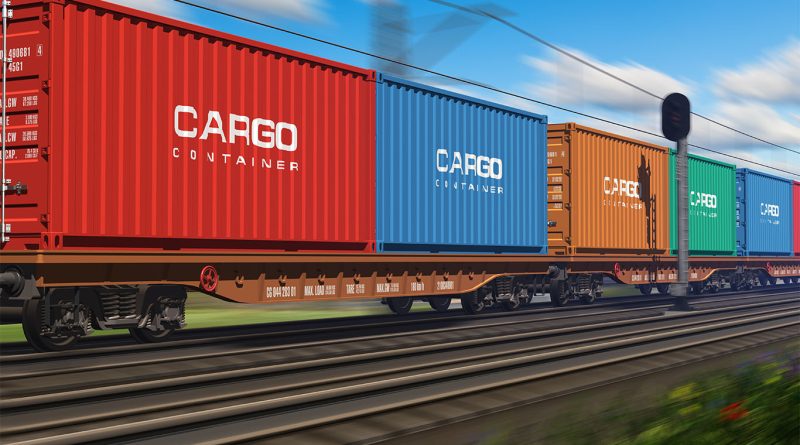Top 5 Rail Freight Companies in North America Driving Economic Efficiency
Rail freight is the backbone of North America’s logistics network, moving over 1.6 billion tons of goods annually. Vital commodities like grain, coal, chemicals, automotive components, and intermodal containers rely on efficient and scalable rail operations. This article spotlights the top five U.S. and Canadian rail freight operators each leading through innovation in technology, sustainability, and strategic infrastructure development.
1. BNSF Railway (USA)
A subsidiary of Berkshire Hathaway, BNSF spans 32,500 miles across 28 U.S. states, handling nearly half its freight volume in intermodal shipments for major retailers like Walmart and Amazon. It’s also a significant carrier of coal and agricultural products from the Powder River Basin and Midwestern farms.
BNSF’s early adoption of AI-driven network modeling and automated track inspections has enabled a 15% reduction in greenhouse gas intensity since 2008. With nearly $4 billion in annual capital investments, the company continues modernizing infrastructure by double-tracking key segments and upgrading yards, ensuring resilience and efficiency.
2. Union Pacific Railroad (USA)
Headquartered in Omaha, Union Pacific’s network of roughly 32,000 route miles reaches from the West Coast to the Midwest. In 2023, UP generated revenues exceeding $24 billion, driven by automotive parts, chemicals, coal, grain, and intermodal traffic.
The Unified Plan 2020 leverages Precision Scheduled Railroading (PSR) to boost reliability through optimized train scheduling and minimized dwell times. Annual capital investments, over $3 billion, include hybrid locomotives, real-time tracking, and emissions-reduction systems under the “Building America” initiative, targeting a 26% cut in emissions by 2030.
3. Canadian National Railway (CN) (Canada)
Canada’s only coast-to-coast railway, CN’s 20,000-mile system extends from the Pacific to the Atlantic and deep into the U.S. Midwest and Gulf. The company generated over C$17 billion in 2023 from grain, crude oil, forest products, intermodal, and automotive freight.
CN deploys predictive analytics, smart sensors, and autonomous inspections to enhance safety and efficiency. Its 2024 C$3.4 billion capex plan invests in track expansions, yard automation, and upgraded rolling stock. Ambitiously, CN is targeting net-zero carbon emissions by 2050—an industry-first in North American rail.
4. Canadian Pacific Kansas City (CPKC)
Formed in 2023 from the merger of Canadian Pacific and Kansas City Southern, CPKC is the only single-line railroad linking Canada, the U.S., and Mexico with a 20,000-mile network. Its bulk commodities, automotive, and intermodal services benefit from the new Rio Grande rail bridge in Laredo, streamlining continental freight flow.
A unified network reduces dwell time and supports nearshoring trends. With $3 billion in annual investments, CPKC is scaling up digital systems, yard automation, and exploring hydrogen-powered locomotives for greener operations.
5. Norfolk Southern Railway (USA)
With a 19,300‑mile network covering the Eastern U.S. and connecting Atlantic and Gulf ports, Norfolk Southern focuses on coal, chemicals, automotive freight, and intermodal services. In 2024, the company reported revenues of $12.7 billion.
NS adopted PSR to improve train velocity and delivery precision. It also prioritizes sustainability, targeting a 42% reduction in emissions intensity by 2034 and opened a LEED-certified headquarters. Investments in digital yard tools and environmental systems reinforce long-term strategic efficiency.
These five operators collectively form the backbone of North American logistics. Through major investments in technology, sustainable practices, and network resilience, they’re not only hauling freight—they’re shaping the future of efficient, low-carbon supply chains. As global trade dynamics evolve and climate strategies intensify, rail freight’s role will only grow more critical, and these companies are leading the charge.
